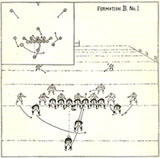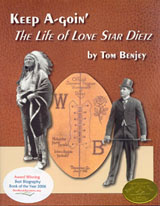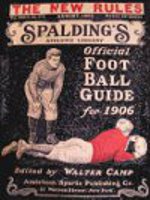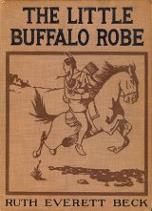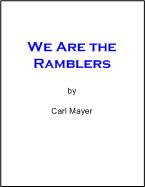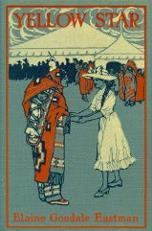While reviewing the chapter on the 1908 season from my upcoming book on the complete history of the Carlisle Indian School football team, my wife thought Warner having the football team practice in the basketball cage seemed strange. What was a basketball cage anyway? I had often wondered that myself. As a boy, I would check the local newspaper’s, the Alton Evening Telegraph, “Cage Schedule” to find when the high school basketball games were being played. Much later I learned that basketball games were once played in cages. Of course that meant little to me.
To better answer Ann’s question, a little research quickly found that basketball was once played in 12-feet-tall wire mesh cages that surrounded the courts. Players complained of having tic tac toe grids imprinted on their bodies from being slammed into the cages. Later, rope mesh replaced the metal, probably because they cost less. But why did they need to cage the players away from spectators?
We have to go back to basketball’s roots. It was invented in 1891 by James Naismith to fill the gap between the end of football season and the beginning of baseball season. In Springfield, Massachusetts where the game was created, only indoor sports were practical that time of the year. Naismith borrowed some rules from other sports, including football’s then out-of-bounds rules. In football, the ball is fumbled out of bounds relatively infrequently but errant and tipped passed are common in the roundball game.
The first few rows of basketball spectators sat just outside the out-of-bounds lines, which meant that players routinely tussled with opponents and fans, who were partisans of one team or the other, for the ball. This quickly became unacceptable to basketball officials, who solved the problem by erecting cages. Why differing from football on out-of-bounds rules wasn’t considered is anybody’s guess.

